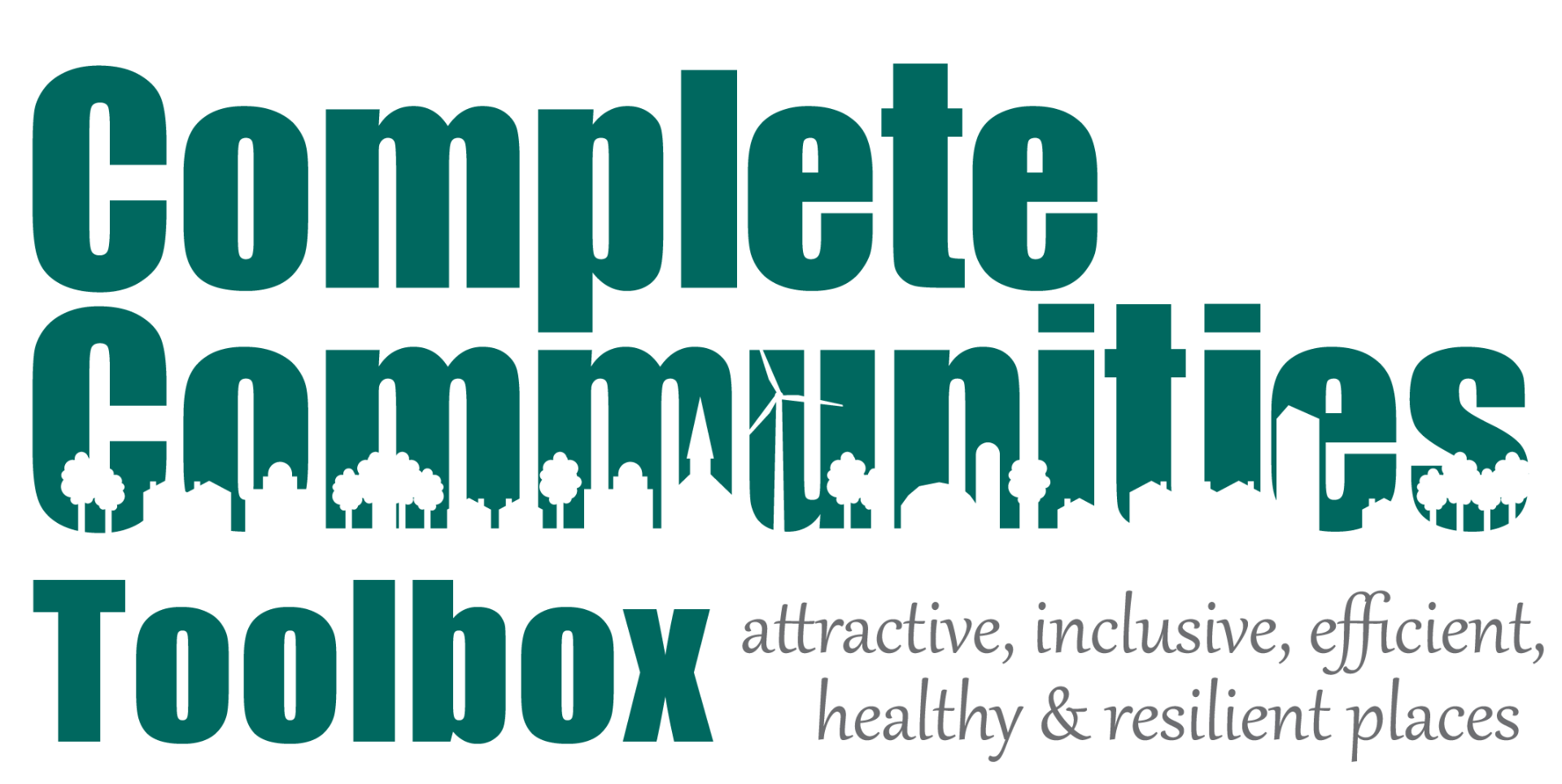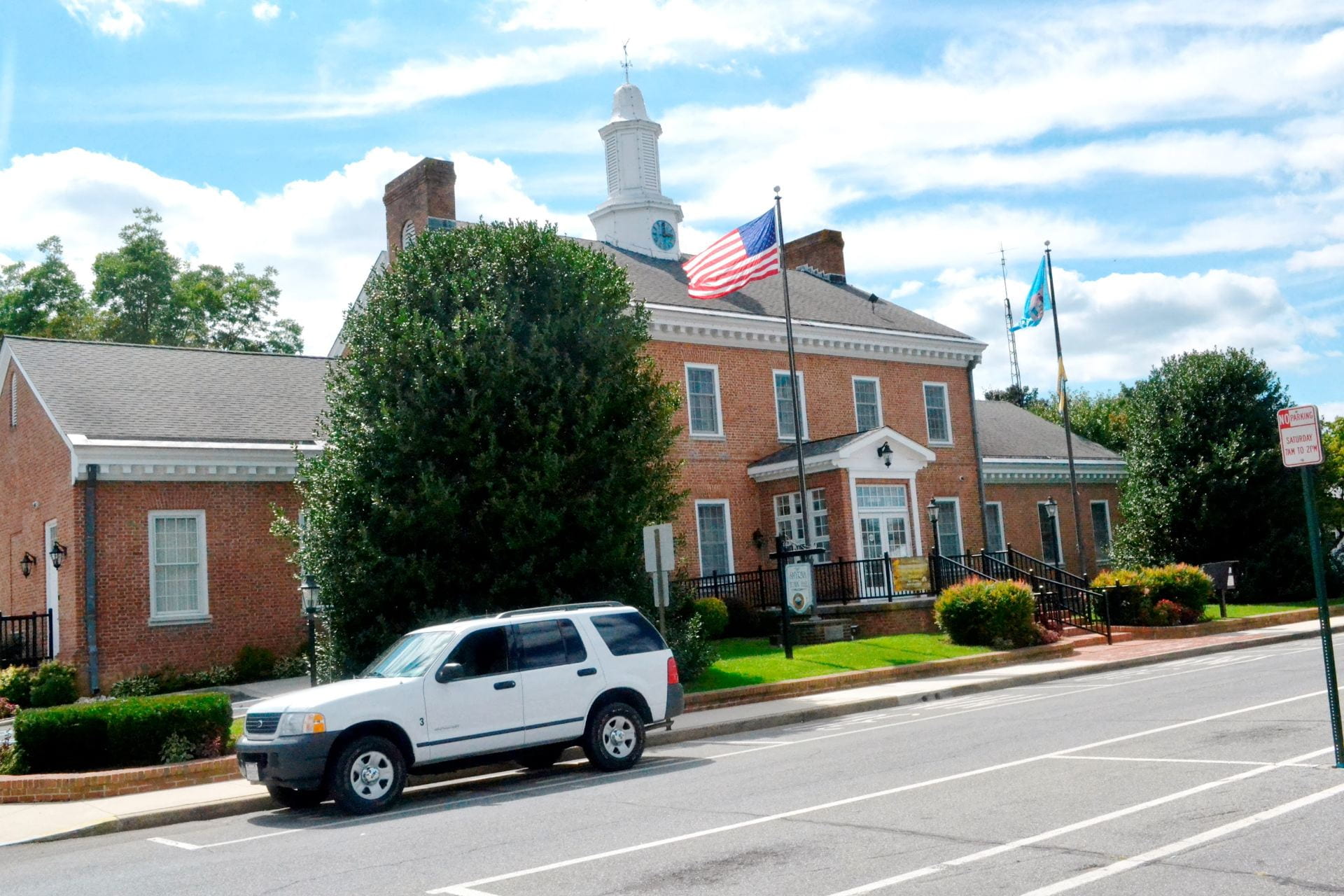COMMUNITY CHARACTER
Overview
A community’s character is defined by its history, urban form, natural environment, and other features that make the community unique and its own defining character. Plans should identify these elements and include strategies to enhance them.
Understand
Community character is the physical conditions, history, and cultural resources of a community. Each community has its own community character that impacts decisions on land use, economic development, business investment, residents, and visitors. As people and places change, community character can be adapted to evolve with them.
Cultural Resources
The cultural resources of a community include the sites, structures, artifacts, and objects that are significant to a community in a variety of ways. Including and promoting these items through efforts such as historic preservation is an important part of establishing a community’s character.
Identifying cultural resources within a community is necessary for determining what is important to the members of that community. Highlighting these components of a community’s culture by preserving, conserving, or repurposing significant items contributes to the character of the community.
Plan
Based on the strengths of a community and its members, community character will impact every area of planning including housing, land use, and downtown development. The planning stage of community character is a discovery process that establishes the goals of the community given their current resources.
Various stakeholders can contribute to identifying, locating, and creating the intended character of a community through public participation or community engagement. An important step of determining community character is to develop a community character statement. The statement will have relevance to the community’s position regarding factors such as population growth or housing. After deciding on a community direction, goals can be created in relation to it.
Implement
The act/implement stage of community character applies the planning strategies. These actions can vary depending on the community and its desired outcome. Input and participation from several stakeholders, including members of the community, are important for successfully implementing the character of a community. Each community will decide which actions to implement based on their community statement goals and discovery process
Placemaking
Great public spaces encourage inclusive and active communities because they provide tangible features that citizens can be proud of. These are the places that citizens will choose to gather and interact with one another such as parklets. Interactions amongst citizens in public spaces create social networks, promote a culture of involvement, and foster a sense of community character.
Placemaking is much more than promoting better urban design; it “facilitates creative patterns of use, paying particular attention to the physical, cultural, and social identities that define a place and support its ongoing evolution.” Placemaking results in the creation of quality public spaces that contribute to people’s health, happiness, and well-being. Essentially, placemaking reinvents public spaces as the heart of every community.
Creating vibrant communities where people not only can, but want to live, work, play and interact can be a difficult but exciting task. It is about creating and implementing a shared community vision—something that begins at the community level and involves local residents and stakeholders. Various divisions of a community, such as parks and recreation, can contribute to implementing community efforts. While trained professionals can facilitate the process, community members must cooperatively identify the greatest assets, aspirations, and collective vision for their community.
Streetscaping
The concept recognizes that a street is a public place where people engage in various activities. Streetscapes and their visual experience largely influence public places where people interact, and it ultimately helps define a community’s aesthetic quality, economic activity, health, and sustainability.
The aesthetic appeal elements of beautification initiatives, attractive lighting, street furniture, clean streets, and outdoor dining contribute to a town’s sense of place. Amenities should be designed to get people out of their cars to socialize, interact with their environment, and discover other mobility options. The infrastructure of a community can impact streetscaping as walkability and bikeability are factors that influence a community’s character.
DelDOT implements a variety of tactics to improve streetscaping such as road diets. DelDOT is responsible for planning, designing, building, and managing the majority of Delaware’s statewide transportation systems and roadways. Any transportation projects that are intended to use federal funds, along with all non-federally projects that are regionally significant, must be vetted through a Transportation Improvement Program (TIP) process that is oversee by a Metropolitan Planning Organization (MPO). The TIP is the regionally agreed upon list of priority multi-modal transportation projects, including streetscaping projects. TIP projects that are approved for funding will seek stakeholder input through a public participation process. DelDOT will work with local officials and stakeholders to ensure that streetscapes conform to DelDOT design guidelines and policies, provide context-sensitive solutions, and include Complete Streets principles.
Downtown Development Districts
Downtown Development Districts are revitalization and redevelopment efforts that promote healthy and vibrant downtowns. Developed downtowns are critical components of economic well-being and quality of life by improving a variety of factors in a community such as spurring job growth and encouraging innovative small businesses.


